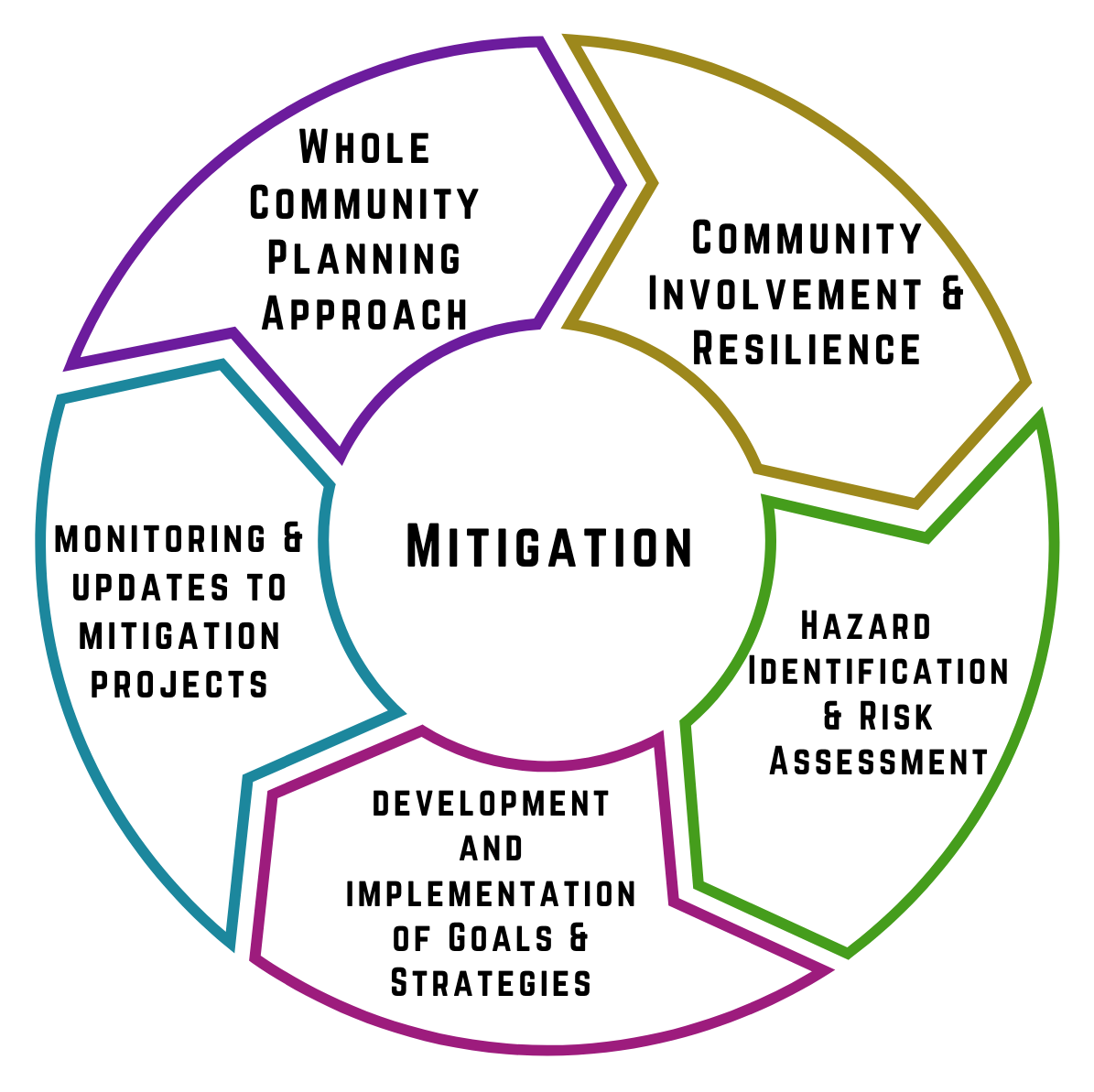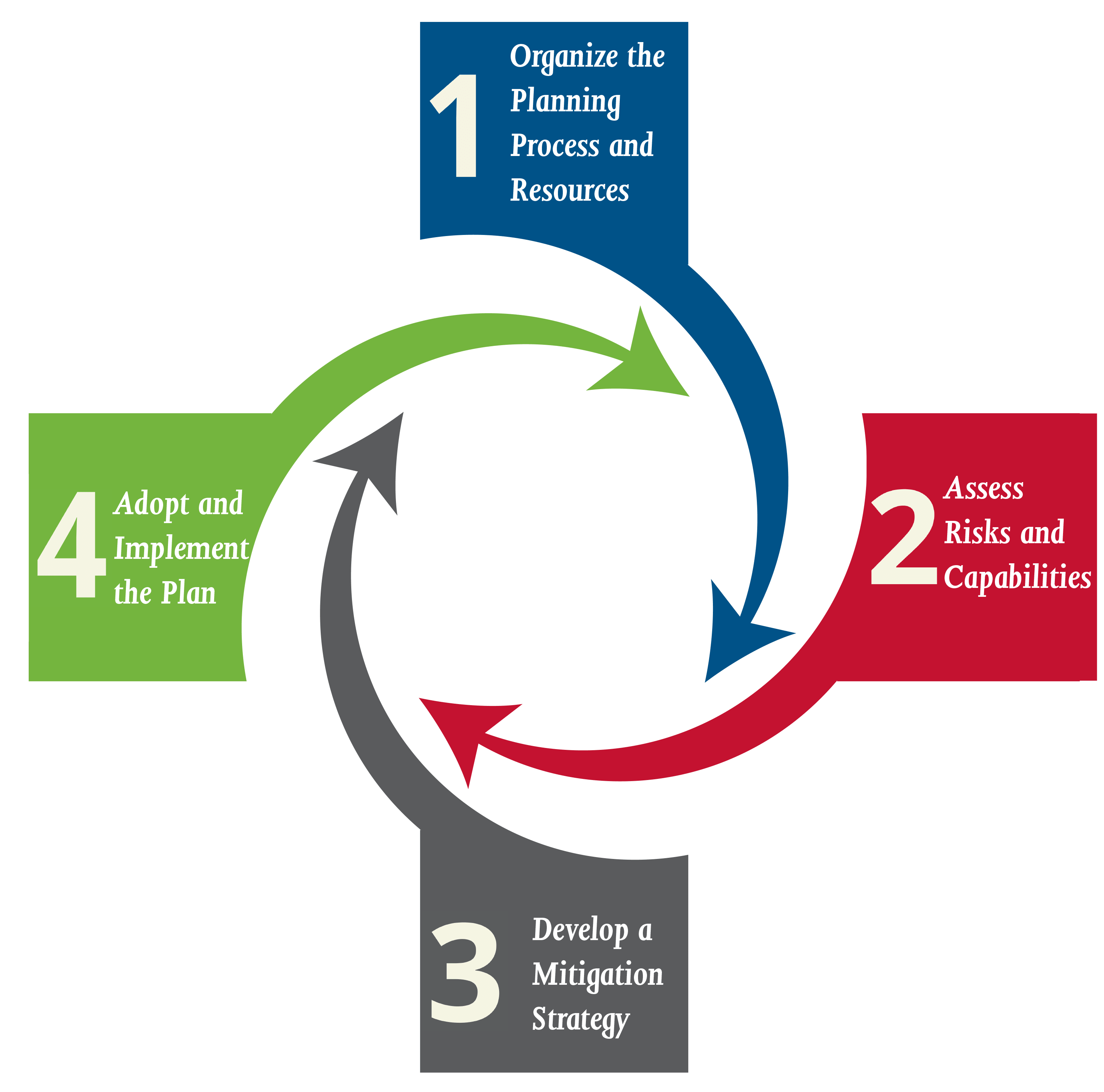Exploring The Hazards And Mitigation Of Flight Risk In Aviation: How To Stay Safe In The Skies
Editor's Notes: "Exploring The Hazards And Mitigation Of Flight Risk In Aviation" have published today date. We understand the importance of flight safety, which is why we've put together this guide to help you understand the hazards of flying and how to mitigate them.
In this Exploring The Hazards And Mitigation Of Flight Risk In Aviation guide, we will discuss the different types of flight risks, the causes of these risks, and the measures that can be taken to mitigate them. We will also provide some tips for staying safe when flying.
| Type of Risk | Causes | Mitigation Measures |
|---|---|---|
| Mechanical failure | Design flaws, manufacturing defects, maintenance errors | Regular inspections, maintenance, and repairs |
| Human error | Pilot fatigue, distraction, poor decision-making | Adequate training, rest periods, and safety protocols |
| Weather conditions | Turbulence, icing, thunderstorms | Weather forecasting, flight planning, and避航 |
| Air traffic congestion | Increased risk of collisions | Air traffic control, separation standards, and airspace management |
| Security threats | Hijackings, bombings, sabotage | Security screening, armed air marshals, and intelligence sharing |
FAQ

Risk Mitigation Words On Puzzle Pieces Stock Illustration 303490139 - Source www.shutterstock.com
This section provides answers to frequently asked questions regarding the hazards and mitigation of flight risk in aviation. Understanding these questions and their responses is crucial for enhancing aviation safety and preventing incidents and accidents.
Question 1: What are the primary hazards associated with flight operations?
The primary hazards in aviation include weather-related phenomena such as turbulence, icing, and low visibility; human factors like pilot fatigue, distraction, and error; mechanical failures; and airspace congestion. These hazards can significantly impact aircraft performance and increase the risk of incidents and accidents.
Question 2: How is flight risk assessed and mitigated?
Flight risk is assessed using various methods, including risk matrices, safety management systems, and data analysis. Mitigating flight risk involves implementing measures such as enhancing pilot training, improving aircraft maintenance, optimizing flight planning, and employing advanced technologies like collision avoidance systems.
Question 3: What role does technology play in reducing flight risk?
Technology plays a critical role in enhancing aviation safety. Advanced avionics systems, weather detection technologies, and air traffic management systems provide pilots with real-time information and support, enabling them to make informed decisions and navigate hazards more effectively.
Question 4: How can pilot training contribute to flight risk mitigation?
Comprehensive pilot training is essential for minimizing flight risk. Training programs focus on enhancing pilots' technical skills, decision-making abilities, and situational awareness. Regular training and proficiency checks ensure that pilots remain up-to-date with best practices and maintain the highest levels of competency.
Question 5: What are the responsibilities of aviation authorities in managing flight risk?
Aviation authorities hold significant responsibility for managing flight risk. Their roles include establishing and enforcing safety regulations, conducting regular inspections and audits, investigating incidents and accidents, and collaborating with industry stakeholders to promote best practices.
Question 6: How can the general public contribute to flight safety?
The general public can play a vital role in flight safety by being aware of their actions and adhering to security measures at airports and on board aircraft. Passengers should refrain from engaging in disruptive behavior, follow crew instructions, and report any suspicious activities or potential hazards.
In conclusion, understanding the hazards of flight operations and implementing effective risk mitigation strategies is paramount in ensuring aviation safety. Collaboration between aviation authorities, airlines, pilots, and the general public is essential to maintain a high level of safety and prevent incidents and accidents.
Tips on Identifying and Mitigating Flight Risks in Aviation
Flight risk is an inherent hazard in aviation, and it is crucial to take measures to identify and mitigate these risks to ensure safety. Below are some tips that can help improve flight safety:
1. Enhance Situational Awareness:
Pilots must maintain a clear understanding of their aircraft's position, altitude, speed, and surrounding environment. Utilizing technology like navigation systems and weather radar can enhance situational awareness. Active participation in safety management systems can also improve decision-making and risk assessment.
2. Exercise Risk Management Techniques:
Identifying potential hazards and implementing appropriate strategies to minimize their impact is essential. Before each flight, crews should conduct thorough risk assessments, considering factors such as weather conditions, aircraft performance, and terrain. Establishing clear contingency plans for unexpected events can help manage risks effectively.
3. Foster a Culture of Safety:
Open communication, teamwork, and a commitment to safety at all levels within the aviation industry are crucial. Encouraging pilots to report incidents, concerns, and near misses can identify potential hazards and facilitate proactive risk mitigation. Collaborative efforts between pilots, air traffic controllers, and aviation authorities can further enhance safety.
4. Utilize Advanced Technology:
Leveraging advancements in technology can significantly improve flight safety. Avionics systems, such as terrain warning systems and flight data recorders, provide critical information and enhance situational awareness. Implementing advanced air traffic management systems can optimize airspace utilization and reduce the risk of collisions.
Exploring The Hazards And Mitigation Of Flight Risk In Aviation provides a comprehensive analysis of the various hazards associated with aviation and offers practical mitigation strategies. Utilizing these tips and incorporating them into aviation practices can help improve safety, reduce the likelihood of accidents, and ensure the well-being of passengers and crew.
Exploring The Hazards And Mitigation Of Flight Risk In Aviation
Aviation safety depends on understanding and mitigating flight risks. Exploring these aspects thoroughly is essential for maintaining a high level of safety in aviation.
- Hazard Identification: Pinpointing potential risks.
- Risk Assessment: Analyzing the likelihood and severity of risks.
- Risk Mitigation: Implementing strategies to minimize or eliminate risks.
- Flight Crew Training: Preparing pilots for risk management and emergencies.
- Safety Management Systems: Continuously monitoring and improving safety.
- Technology Enhancements: Utilizing advanced systems to enhance safety.
Understanding these aspects enables aviation professionals to make informed decisions, develop effective risk mitigation strategies, and create a safer flying environment. For instance, identifying hazards such as weather conditions and technical malfunctions allows for proactive measures to mitigate them. Similarly, risk assessment helps determine the necessary level of resources and training required to manage risks effectively. By exploring these aspects in depth, aviation can continue to advance its safety record and ensure the well-being of passengers and crew.

Montana Hazard Mitigation Project - Source mitigationplanmt.com
Exploring The Hazards And Mitigation Of Flight Risk In Aviation
Aviation safety is paramount, necessitating the identification and mitigation of flight risks. Hazards can arise from human factors, weather conditions, aircraft malfunctions, and external threats. Understanding these hazards and implementing effective mitigation strategies are crucial for ensuring aviation safety.

Hazard Mitigation Planning Process | FEMA.gov - Source www.fema.gov
Human factors, such as pilot fatigue, workload, and decision-making, can significantly impact flight safety. Addressing these factors through training, crew resource management, and optimized flight schedules can mitigate risks associated with human error. Similarly, weather-related hazards, including turbulence, icing, and low visibility, require thorough weather forecasting, pilot training, and onboard weather detection systems.
Aircraft malfunctions, from engine failures to hydraulic problems, pose potential threats to flight safety. Regular maintenance, adherence to safety protocols, and pilot training in emergency procedures are essential for managing these risks effectively. External threats, such as avian encounters, lightning strikes, and acts of terrorism, also necessitate comprehensive mitigation measures, including bird-strike prevention, lightning protection systems, and enhanced security protocols.
Effective risk mitigation involves a multi-faceted approach encompassing technological advancements, regulatory oversight, and industry best practices. Advanced aircraft design, including redundant systems and automated safety features, enhances flight safety. Moreover, stringent regulatory frameworks, coupled with regular inspections and certification processes, ensure adherence to safety standards. Collaboration among industry stakeholders, including airlines, manufacturers, and regulatory bodies, is crucial for knowledge sharing and the development of comprehensive risk mitigation strategies.
Conclusion
Understanding and mitigating flight risks are fundamental to aviation safety. By addressing human factors, weather hazards, aircraft malfunctions, and external threats, the industry can significantly reduce the likelihood and severity of accidents. Technological advancements, regulatory oversight, and industry collaboration are essential components of a comprehensive risk mitigation strategy. By prioritizing safety and implementing effective mitigation measures, the aviation sector can continue to provide safe and efficient air travel.
Furthermore, ongoing research and development in areas such as autonomous flight systems, artificial intelligence, and advanced weather forecasting technologies hold the potential to further enhance flight safety and reduce risks in the future.